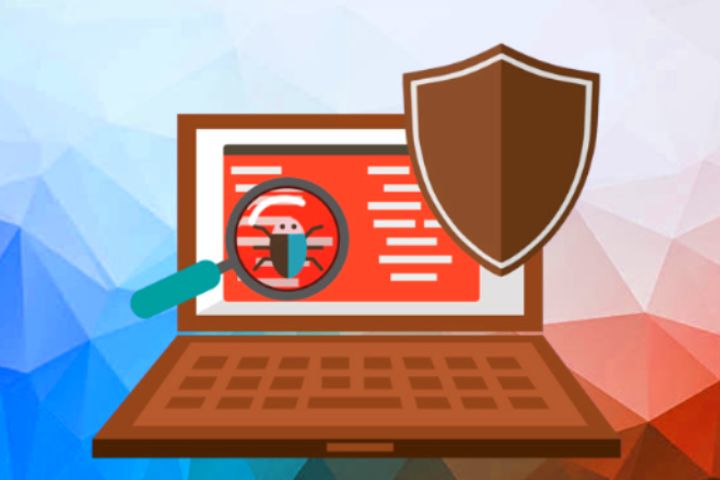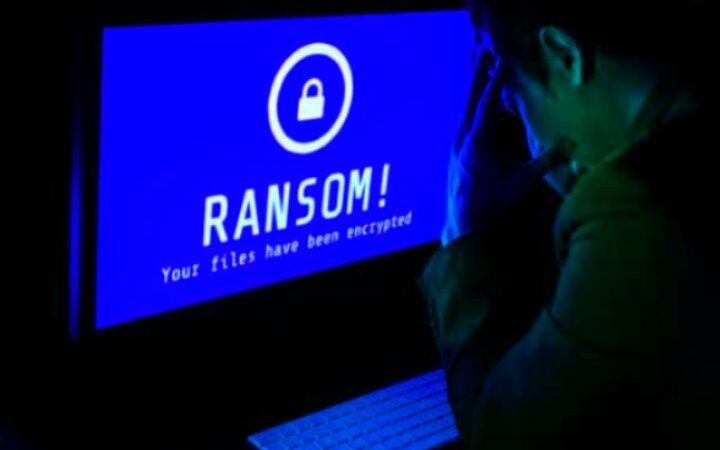Worms: What Are They?

Worms virus, everything you deserve to know about the most widespread malware in recent months. In this article, we will talk about a prevalent type of malware: Worm. The term worm comes from the English word worm. In computer science, a worm virus is software generated by hackers that can puncture a machine and spread across the network by exploiting the vulnerabilities of our computer systems.
The real danger of worms (which is also the characteristic that differentiates them from much other malware) is that once they penetrate a network, they are perfectly capable of moving from one device to another, multiplying themselves indefinitely. Noticing their presence is complicated but not impossible, which is why today we decided to deepen this topic.
Table of Contents
Worm Malware, What It Is
Here we are. A worm is malicious software whose peculiarity is continuously replicating itself within a network to increase the effects of its work and reach any possible network point. Unlike other types of malware, worms generally do not need external intervention to replicate. They have been programmed for this. Once the worm runs on a device, it will create copies of itself, the processes necessary for its execution and dissemination. Even malware worms simulate system files and processes to reduce the visibility of their work.
By multiplying itself, its danger increases, and its ability to adapt to the system increases, even after an intervention to remove the worm infection. In short, it is a real plague. Every time the PC hit by the worm virus is restarted, the processes created by the malware could restart the attack as if nothing had happened. By doing so, malicious software is allowed to continue multiplying and spreading, using the device’s media to infect others.
Worms, How They Work
Generally, the malware worm sneaks into computers via an infected attachment or executable script — in short, via content attached to an email message. Often and willingly, worms not only silently enter the victim’s PC but are hardly identified by antivirus software.
Worm Viruses And How They Spread
As with most malware, the methods of spreading worms are varied. First of all, worms are installed on the PC via:
- downloading software or multimedia files from unreliable sources;
- file sharing networks;
- the use of programs to circumvent the licensing of paid software.
While as far as network communication protocols are concerned, the latter elements are one of the methods worms use to spread from one device to another through local networks. Blaster was one of the worms that caused a sensation a few years ago. Blaster worm exploited a vulnerability of the SMBv1 protocol (now considered obsolete, precisely for security reasons) to install itself on all computers that had enabled it within the LAN. Perhaps the most common method of spreading the virus is through deceptive attachments or nested scripts.
Once the virus activates on the computer, it can exploit vulnerabilities in email clients or browsers to access the contact address book and send infinite copies (until the infected device is cleared) copies of itself. As in the case of Phishing, the emails sent by the worm use social engineering techniques to make the email or attachment attractive. It is even possible for a hacker who uses worm infection to mask the actual sender address, making it more difficult to pinpoint the origin of the attacks.
Another Method Used To Spread The Malware Worm Infection Is Removable Storage Media
The first worms in history spread via Floppy Disk. Today we talk more easily about:
- Pendrive,
- HDD
- USB SSD
- mass memories of devices such as smartphones, cameras, or mp3 players.
The nested worm comes into operation as soon as the removable media is connected to a computer, exploiting the name or the functioning of the file that the Operating Systems typically query to understand what type of device has been connected to the computer. Once it enters the computer, the worm will spread to any new media attached to it.
What Damage Worms Can Create Within A Company
Like any malware, the damage that worms can potentially do to our computer systems is related to the purpose for which they were created. Most worms create minor damage in terms of resource occupation: both as computational capacity and as occupied bandwidth, precisely by the simple activity of multiplication and diffusion.
The most sophisticated malware worms interfere with the normal functioning of applications or operating systems, making a remediation intervention mandatory, which in some cases could mean reinstallation of the systems, therefore machine downtimes that affect the productivity linked to those systems. But the self-propagating peculiarities of worms also make them an excellent vector for other types of cyber attacks. Many worms contain a payload, which is code that performs independent operations and allows you to install malware such as:
- backdoor,
- trojan,
- keylogger
- even to ransomware.
How To Defend Yourself
A decent practice we generally prescribe to our clients is to know about IT instruments.
Alert in opening messages and connected records, utilizing removable memory gadgets, perusing and downloading from the web, and focusing on PC gear. The initial step is to utilize great antivirus, appropriately arranged firewall, and reinforcement frameworks. The danger of worms is continuously hidden.
The cybercriminals who program this malware are continuously searching for additional compelling strategies and security openings to take advantage of. Programming and equipment producers are continually executing new answers to increment the security of our gadgets.
Consequently, in counteracting against worms concerning other malware, it is fundamental to keep every working framework, programming, and firmware of organization gadgets refreshed, antivirus definitions, and continually screen the exercises inside your organization.






